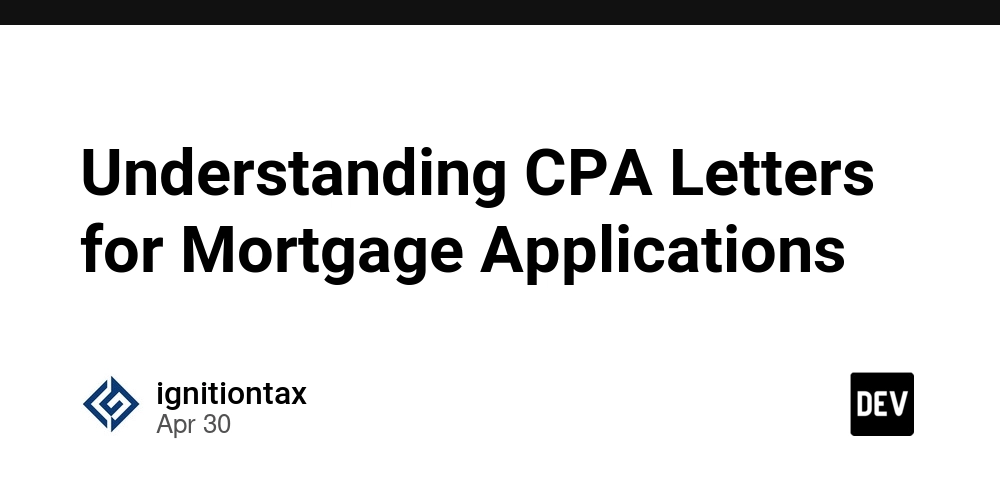PDF 1.7 vs PDF 2.0: Why it’s important for developers to understand
The Portable Document Format (PDF) has remained a cornerstone of document exchange and digital workflows for decades. While many developers interact with PDFs daily, not all are aware of the significant updates introduced in PDF 2.0. Understanding the key differences between PDF 1.7 and PDF 2.0 is crucial for ensuring compatibility, security, and future-proofing applications that rely on PDF processing. In this article, we break down the technical advancements, improvements, and implications of PDF 2.0 for developers. Additionally, we examine why, despite being released in 2017, PDF 2.0 has yet to see widespread adoption and whether transitioning to the newer standard is necessary for developers in 2025 and beyond. The Evolution of the PDF Standard PDF 1.7, introduced in 2006 and later adopted as ISO 32000-1, represented a major milestone in the development of the format. It consolidated prior extensions, introduced OpenType font support, and refined encryption methods. However, as the digital landscape evolved, so did the need for an updated standard that could address security, accessibility, and interoperability challenges. PDF 2.0, officially released as ISO 32000-2 in 2017, marks the first ISO-led update to the format, independent of Adobe. This revision introduces modern enhancements aimed at improving document processing, ensuring better security, and future-proofing PDF-based workflows. Why This Matters for Developers For developers working with PDFs, understanding these changes is critical. Many applications still default to PDF 1.7, missing out on the improvements of PDF 2.0. Additionally, developers must ensure that their PDF generation, parsing, and manipulation libraries support the newer standard to avoid compatibility issues as adoption increases. Why Hasn’t PDF 2.0 Been Widely Adopted? Despite its improvements, PDF 2.0 adoption has been relatively slow. Many organizations and developers continue to rely on PDF 1.7 due to: Legacy Systems: Many enterprise systems were built around PDF 1.7, and updating them to support PDF 2.0 requires significant effort. Compatibility Concerns: Since PDF 1.7 remains widely supported, businesses often hesitate to adopt PDF 2.0, fearing potential inconsistencies in document rendering and processing. Library and Tooling Limitations: While PDF 2.0 has been standardized for years, some popular PDF libraries have been slow to adopt full compatibility. Key Differences Between PDF 1.7 and PDF 2.0 PDF 2.0 introduces several improvements over PDF 1.7, enhancing security, accessibility, and overall efficiency. Below are the most significant changes that developers should understand. 1. Improved Transparency and Open Standard Compliance PDF 2.0 is the first version developed entirely under ISO control, making it vendor-neutral and ensuring long-term stability. Unlike PDF 1.7, which was still under Adobe's influence when standardized, PDF 2.0 represents a fully open, industry-driven evolution. 2. Enhanced Security and Encryption Security vulnerabilities have long been a concern with PDFs, especially with embedded scripts and outdated encryption methods. PDF 2.0 strengthens security by: Deprecating weak encryption algorithms (e.g., RC4) and enforcing modern encryption standards. Introducing explicit restrictions on JavaScript execution, reducing attack vectors for malicious PDFs. Enhancing digital signatures and authentication, making document integrity verification more robust. 3. Better Support for Tagged PDFs and Accessibility PDF 2.0 refines tagged PDF structures, improving how assistive technologies interpret documents. This is crucial for compliance with accessibility standards like the Web Content Accessibility Guidelines (WCAG) 2.1. For developers building applications that handle PDFs in government, education, or healthcare, adopting PDF 2.0 ensures better support for screen readers and accessibility tools. 4. Advanced 3D and Rich Media Support While PDF 1.7 introduced U3D (Universal 3D), PDF 2.0 expands support for PRC (Product Representation Compact), allowing for more detailed engineering and CAD workflows. Developers working in manufacturing, architecture, and technical documentation can leverage these enhancements for higher-quality 3D visualizations. 5. Better Handling of Annotations and Comments Annotations have been overhauled in PDF 2.0, with improvements to collaborative workflows, comment threading, and review tracking. Developers integrating PDF-based review systems will benefit from these structured annotation enhancements. 6. File Attachments and Associated Files Improvements PDF 2.0 introduces stronger linking mechanisms for file attachments, ensuring embedded files are easier to track, extract, and process. This is especially useful in legal, medical, and archival workflows where multi-document referencing is common.
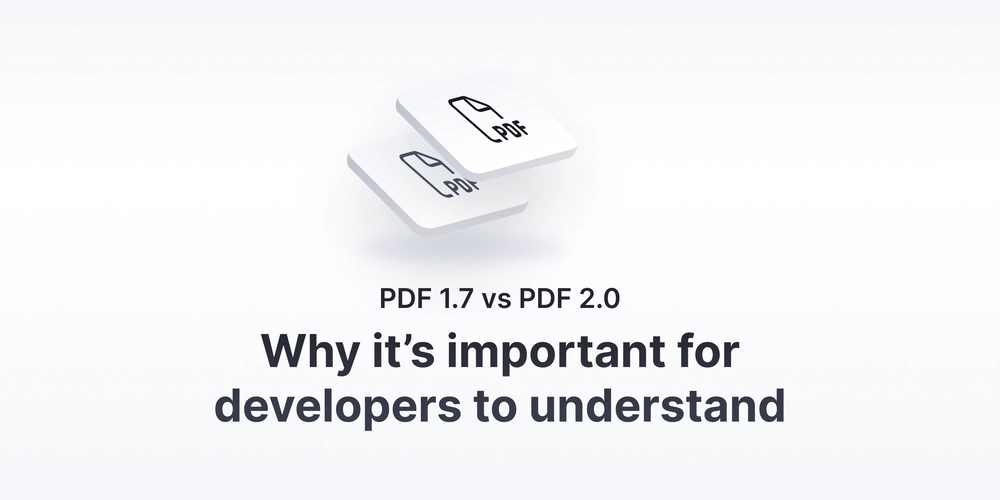
The Portable Document Format (PDF) has remained a cornerstone of document exchange and digital workflows for decades. While many developers interact with PDFs daily, not all are aware of the significant updates introduced in PDF 2.0. Understanding the key differences between PDF 1.7 and PDF 2.0 is crucial for ensuring compatibility, security, and future-proofing applications that rely on PDF processing.
In this article, we break down the technical advancements, improvements, and implications of PDF 2.0 for developers. Additionally, we examine why, despite being released in 2017, PDF 2.0 has yet to see widespread adoption and whether transitioning to the newer standard is necessary for developers in 2025 and beyond.
The Evolution of the PDF Standard
PDF 1.7, introduced in 2006 and later adopted as ISO 32000-1, represented a major milestone in the development of the format. It consolidated prior extensions, introduced OpenType font support, and refined encryption methods. However, as the digital landscape evolved, so did the need for an updated standard that could address security, accessibility, and interoperability challenges.
PDF 2.0, officially released as ISO 32000-2 in 2017, marks the first ISO-led update to the format, independent of Adobe. This revision introduces modern enhancements aimed at improving document processing, ensuring better security, and future-proofing PDF-based workflows.
Why This Matters for Developers
For developers working with PDFs, understanding these changes is critical. Many applications still default to PDF 1.7, missing out on the improvements of PDF 2.0. Additionally, developers must ensure that their PDF generation, parsing, and manipulation libraries support the newer standard to avoid compatibility issues as adoption increases.
Why Hasn’t PDF 2.0 Been Widely Adopted?
Despite its improvements, PDF 2.0 adoption has been relatively slow. Many organizations and developers continue to rely on PDF 1.7 due to:
- Legacy Systems: Many enterprise systems were built around PDF 1.7, and updating them to support PDF 2.0 requires significant effort.
- Compatibility Concerns: Since PDF 1.7 remains widely supported, businesses often hesitate to adopt PDF 2.0, fearing potential inconsistencies in document rendering and processing.
- Library and Tooling Limitations: While PDF 2.0 has been standardized for years, some popular PDF libraries have been slow to adopt full compatibility.
Key Differences Between PDF 1.7 and PDF 2.0
PDF 2.0 introduces several improvements over PDF 1.7, enhancing security, accessibility, and overall efficiency. Below are the most significant changes that developers should understand.
1. Improved Transparency and Open Standard Compliance
PDF 2.0 is the first version developed entirely under ISO control, making it vendor-neutral and ensuring long-term stability. Unlike PDF 1.7, which was still under Adobe's influence when standardized, PDF 2.0 represents a fully open, industry-driven evolution.
2. Enhanced Security and Encryption
Security vulnerabilities have long been a concern with PDFs, especially with embedded scripts and outdated encryption methods. PDF 2.0 strengthens security by:
- Deprecating weak encryption algorithms (e.g., RC4) and enforcing modern encryption standards.
- Introducing explicit restrictions on JavaScript execution, reducing attack vectors for malicious PDFs.
- Enhancing digital signatures and authentication, making document integrity verification more robust.
3. Better Support for Tagged PDFs and Accessibility
PDF 2.0 refines tagged PDF structures, improving how assistive technologies interpret documents. This is crucial for compliance with accessibility standards like the Web Content Accessibility Guidelines (WCAG) 2.1. For developers building applications that handle PDFs in government, education, or healthcare, adopting PDF 2.0 ensures better support for screen readers and accessibility tools.
4. Advanced 3D and Rich Media Support
While PDF 1.7 introduced U3D (Universal 3D), PDF 2.0 expands support for PRC (Product Representation Compact), allowing for more detailed engineering and CAD workflows. Developers working in manufacturing, architecture, and technical documentation can leverage these enhancements for higher-quality 3D visualizations.
5. Better Handling of Annotations and Comments
Annotations have been overhauled in PDF 2.0, with improvements to collaborative workflows, comment threading, and review tracking. Developers integrating PDF-based review systems will benefit from these structured annotation enhancements.
6. File Attachments and Associated Files Improvements
PDF 2.0 introduces stronger linking mechanisms for file attachments, ensuring embedded files are easier to track, extract, and process. This is especially useful in legal, medical, and archival workflows where multi-document referencing is common.
How Developers Can Prepare for PDF 2.0
With PDF 2.0 adoption increasing, developers must ensure their tools, workflows, and applications align with the new standard. Here are practical steps to prepare for this transition.
1. Ensure Your PDF Libraries Support PDF 2.0
Many PDF processing libraries still default to PDF 1.7 compatibility, but modern libraries now provide partial or full support for PDF 2.0. Developers should:
- Check the release notes of their PDF libraries to confirm PDF 2.0 support.
- Prioritize libraries that comply with ISO 32000-2 to avoid future migration headaches.
2. Update Document Processing Pipelines
If your application creates, modifies, or validates PDFs, ensure it handles both PDF 1.7 and PDF 2.0 correctly. Consider implementing:
- Backward compatibility checks for clients still using PDF 1.7.
- Improved parsing for PDF 2.0 features (e.g., structured annotations, PRC 3D models).
- Security audits to detect outdated encryption methods.
3. Educate Stakeholders on the Benefits of PDF 2.0
If your organization or clients are reluctant to switch, help them understand the long-term advantages of PDF 2.0:
- Better security and compliance (reducing legal and regulatory risks).
- Future-proofed document handling for evolving standards.
- Improved accessibility and usability across industries.
Final Thoughts: Should Developers Move to PDF 2.0?
At this point, adopting PDF 2.0 is an option, not a necessity. PDF 1.7 remains fully functional and widely supported, meaning businesses and developers can continue using it without issues.
However, as security standards tighten, compliance regulations evolve, and modern workflows demand more flexibility, PDF 2.0 will eventually become the preferred standard. Developers who prepare now will future-proof their applications and be ready for a smoother transition as adoption grows.
At Joyfill, we stay ahead of industry trends, ensuring our solutions align with the latest PDF standards. Whether you're automating document generation, integrating smart forms, or enhancing digital collaboration, understanding PDF 2.0 is essential for building future-ready applications.
While switching to PDF 2.0 isn’t urgent, staying informed ensures you’re ready when the industry moves forward.







































































































































































![[The AI Show Episode 145]: OpenAI Releases o3 and o4-mini, AI Is Causing “Quiet Layoffs,” Executive Order on Youth AI Education & GPT-4o’s Controversial Update](https://www.marketingaiinstitute.com/hubfs/ep%20145%20cover.png)
































































































































![From Art School Drop-out to Microsoft Engineer with Shashi Lo [Podcast #170]](https://cdn.hashnode.com/res/hashnode/image/upload/v1746203291209/439bf16b-c820-4fe8-b69e-94d80533b2df.png?#)










































































































(1).jpg?#)





























_Inge_Johnsson-Alamy.jpg?width=1280&auto=webp&quality=80&disable=upscale#)
















































































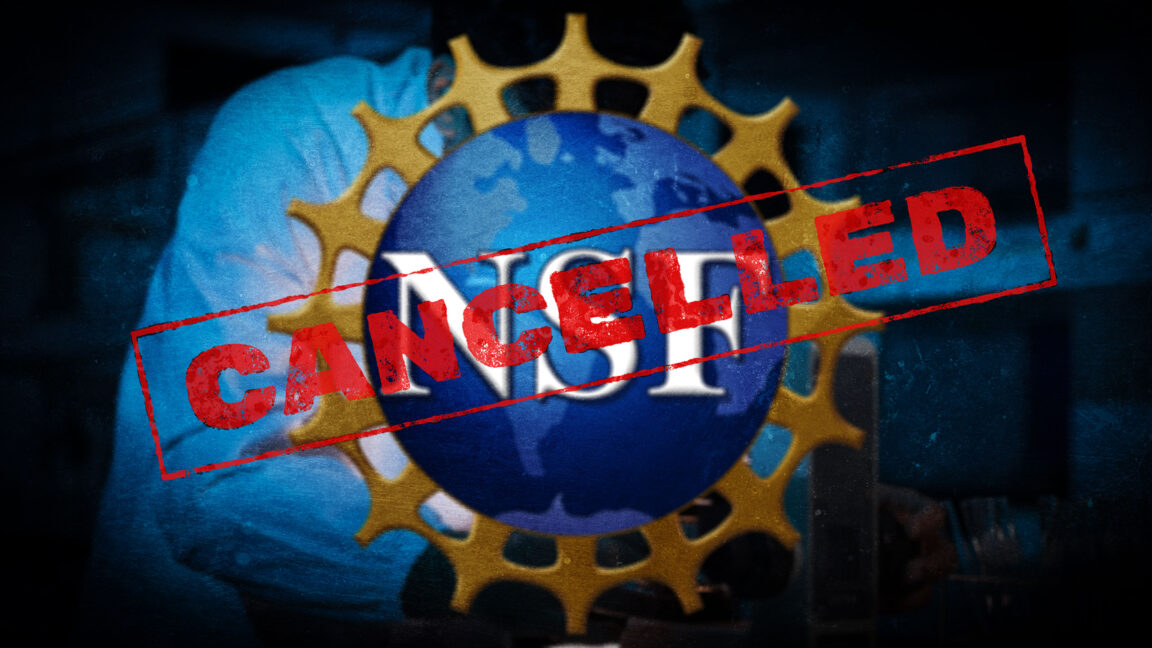






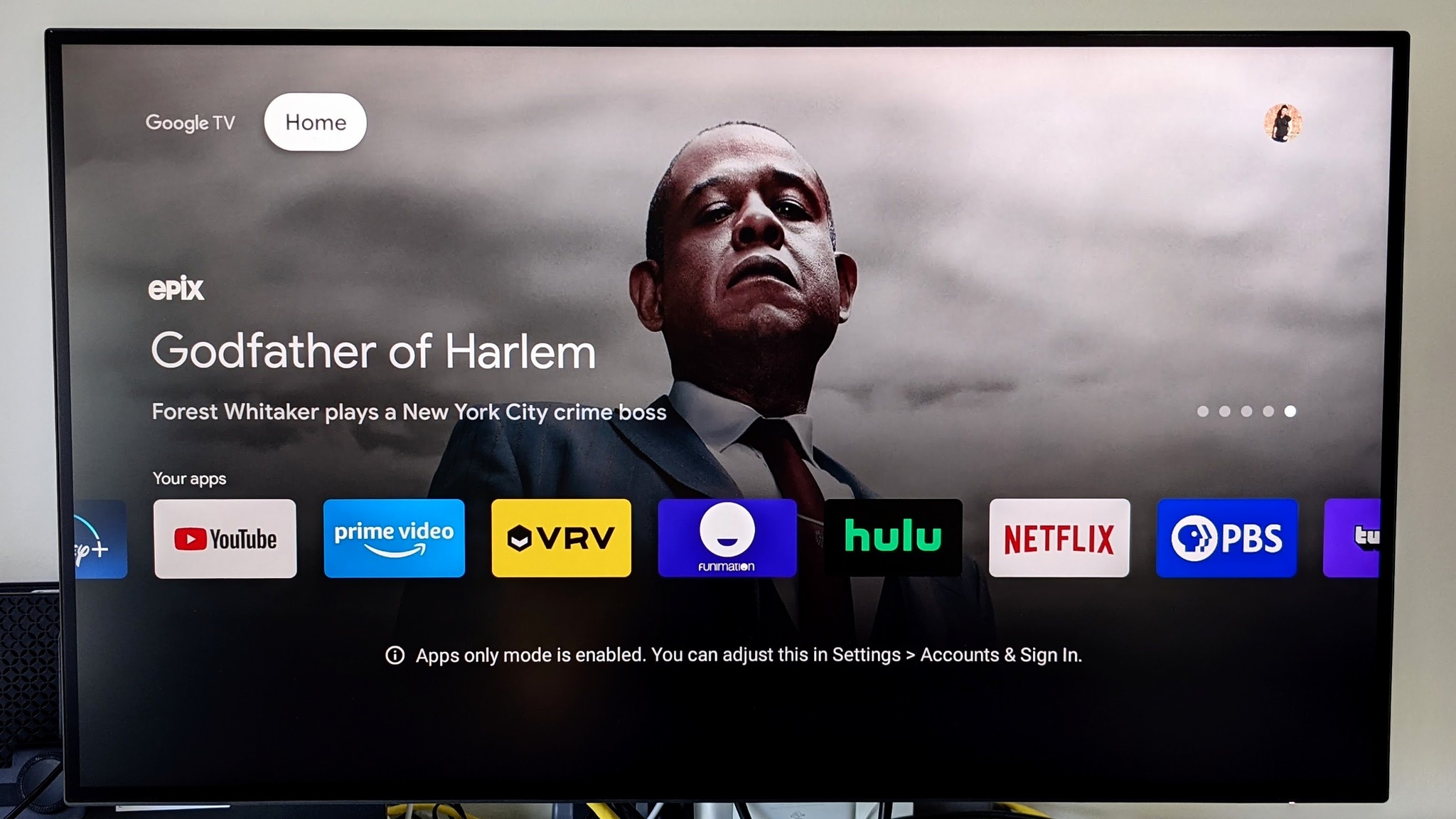
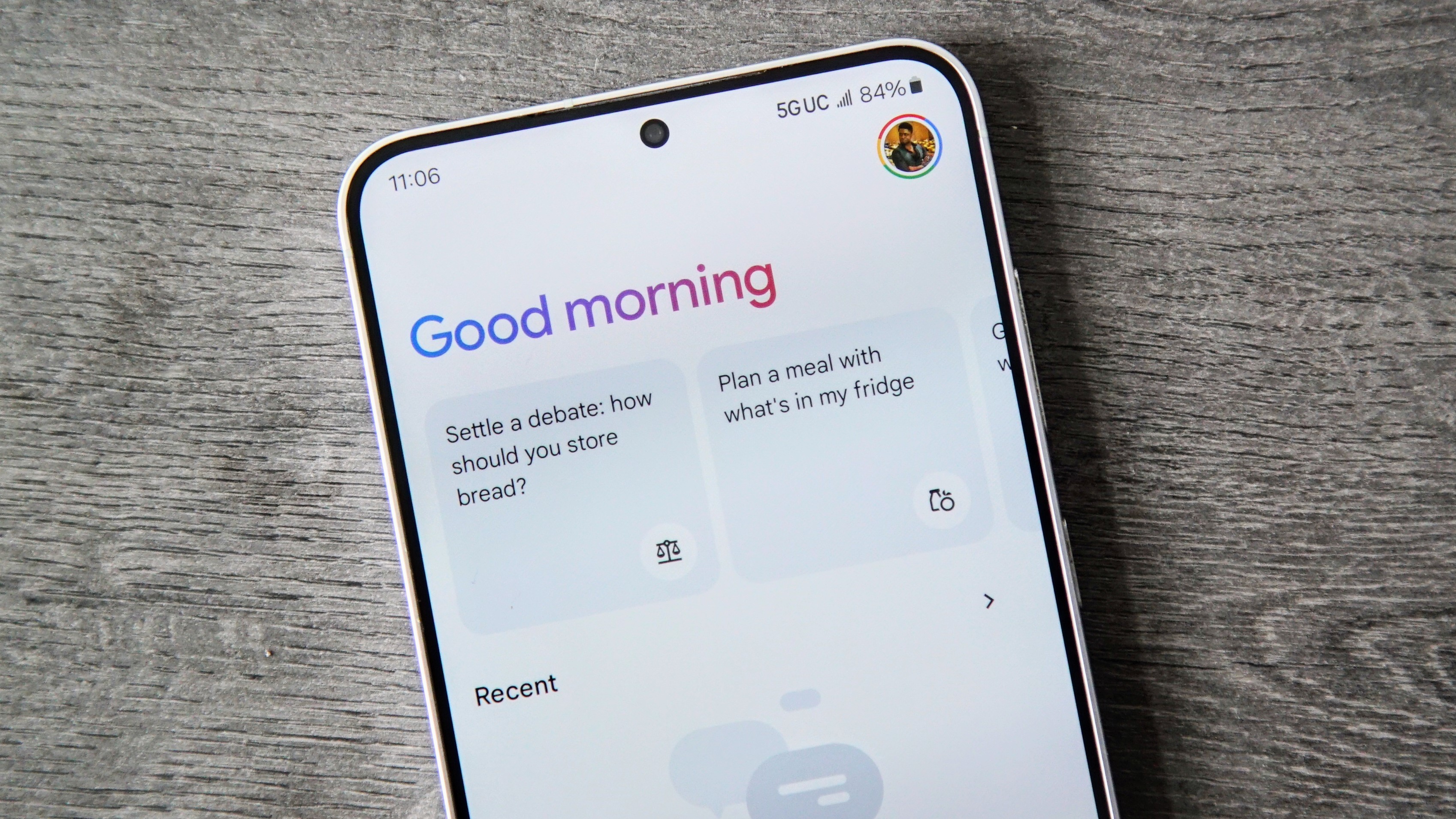




















![Apple Developing AI 'Vibe-Coding' Assistant for Xcode With Anthropic [Report]](https://www.iclarified.com/images/news/97200/97200/97200-640.jpg)
![Apple's New Ads Spotlight Apple Watch for Kids [Video]](https://www.iclarified.com/images/news/97197/97197/97197-640.jpg)









































































![[Weekly funding roundup April 26-May 2] VC inflow continues to remain downcast](https://images.yourstory.com/cs/2/220356402d6d11e9aa979329348d4c3e/WeeklyFundingRoundupNewLogo1-1739546168054.jpg)



























